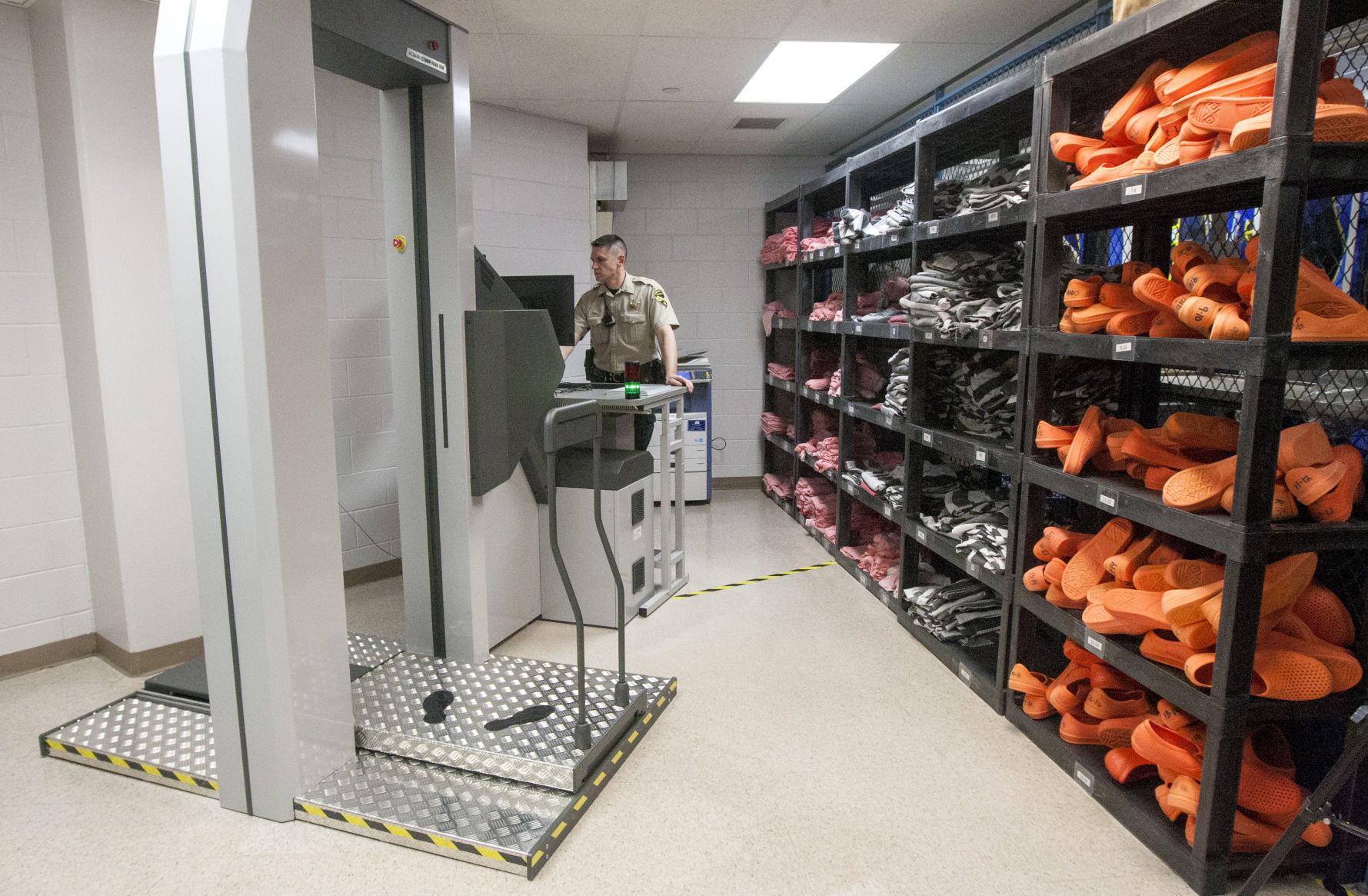

It was no flextight (and don’t even chime in Drum people), but it was very, very good. The Coolscans represented Nikon putting their full weight into making a proper desktop scanner.

This was in college, when I had access to a Nikon Coolscan 9000. In truth I was able to achieve scans that rivaled my optical prints at one point. Well the answer to that is “market forces” happened. So I wouldn’t blame someone for concluding that film, and specifically 35mm film, gives a (dare I say it) vintage look. It’s certainly true that when you put that SD card in your 5k iMac, go into Lightroom and hit “Z”, those pictures look mighty sharp and smooth! The Sony 42mp BSI sensor is some kind of black magic pulled from the future when compared to some film scans in my library. The conventional wisdom is that a digital capture makes a 35mm capture look like the film image has Vaseline on the lens. I never said, “oh gee, 35mm isn’t that sharp.” But now, digital is for the most part a mature way to make pictures. When I was shooting film and printing in the darkroom, digital cameras were these expensive experiments that were mostly to be avoided. Bad scanners can introduce poor color, soften details, a very high amount of noise, and or ugly digital artifacts. It frequently does not come through unscathed. Scanning is often the bottleneck through which film, a high quality imaging product, must pass. Leica M4 – 35mm F2 Biogon – Fuji Superia 400


 0 kommentar(er)
0 kommentar(er)
